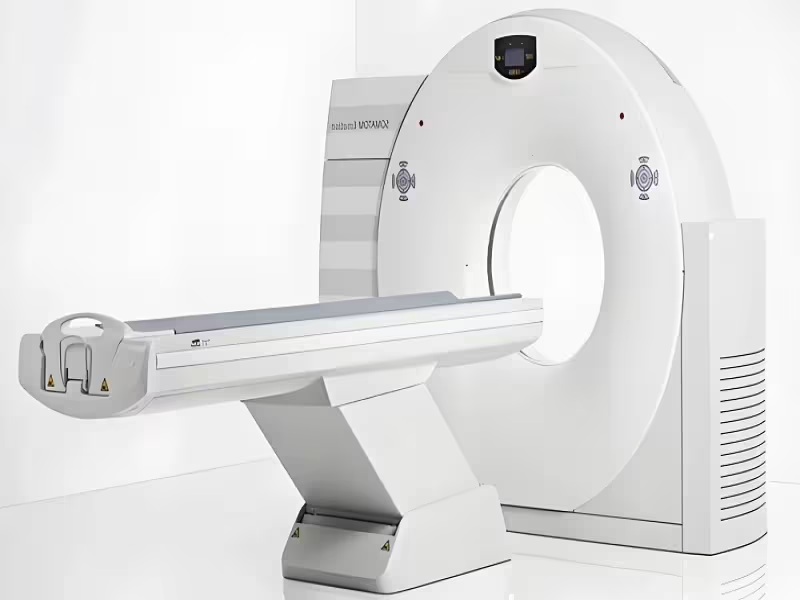
SHERIDAN, WYOMING - November 14, 2025 - Rapid prototyping and digital on-demand manufacturing are becoming indispensable pillars in the medical device industry as manufacturers race to accelerate development cycles, reduce costs, and bring high-performance devices to market faster. With rising demand for personalized medical solutions and increasingly complex regulatory expectations, companies are turning to advanced prototyping partners to validate designs earlier, improve manufacturability, and support real-world clinical readiness.
Bolded H5 subheadings start below
Innovation Driving Faster Medical Device Development
Medical device manufacturers face mounting pressure to shorten development timelines while still meeting rigorous regulatory and quality standards. Early-stage prototyping enables teams to examine form, fit, and function long before a device enters verification, validation, or clinical trials. By iterating quickly, design teams can identify flaws early, reduce downstream manufacturing risks, and optimize the user experience for clinicians and patients.
This accelerated workflow is now essential for products across diagnostics, imaging, surgical tools, rehabilitation systems, and patient monitoring technologies. High-precision prototypes also support usability testing-now a core requirement of global device regulations.
Workflow Efficiency Through High-Precision Manufacturing Technologies
Modern prototyping partners are leveraging advanced 5-axis CNC machining, industrial-grade 3D printing, and digital manufacturing platforms to deliver highly accurate components with medical-grade performance. Manufacturers benefit from rapid turnaround, consistent tolerances, and the ability to test biocompatible materials early in the development cycle.
Brightstar, one of China's specialized medical device prototyping providers, exemplifies this shift. With tolerances as tight as ±0.005 mm and a portfolio of titanium, silicone, and other medically approved materials, the company supports both early ideation and final-part production. Its combination of skilled engineering, full inspection processes, and manufacturability guidance enables cost-efficient iterations without compromising precision.
Market Trends: Personalization, Aging Populations, and Regulatory Demands
Global medical device markets continue to move toward personalization and patient-specific solutions-from surgical planning models to custom prosthetics and guided therapy tools. Rapid prototyping enables manufacturers to respond to these needs with greater agility.
At the same time, demographic factors are accelerating demand: aging populations require more rehabilitation devices, monitoring systems, and mobility aids. Laboratory diagnostics and imaging equipment are also expanding rapidly as healthcare shifts toward early detection and precision medicine.
For manufacturers operating in this environment, digital prototyping and flexible manufacturing capacity are increasingly viewed as competitive necessities rather than optional tools.
Quote From the Sector: Precision, Reliability, and Industry Standards
One recurring theme across industry stakeholders is the need for prototypes that reflect real-world performance. As Brightstar notes:
"Our aim is to ensure that every link from design to production meets the strict requirements of the medical industry."
This emphasis on quality assurance and engineering expertise underscores why so many device makers now rely on advanced prototyping partners to de-risk development programs.
Strategic Implications for Medical Device Manufacturers
For OEMs, prototyping is no longer simply about creating a physical model-it is a core enabler of product strategy, market speed, and regulatory readiness. Companies that integrate rapid prototyping into their R&D processes can:
- Reduce development cycle times
- Validate ergonomics, usability, and patient functionality
- Accelerate transitions to pilot manufacturing and clinical builds
- Support small-batch, personalized, or high-mix production models
- Improve cost efficiency and manufacturability
- Enhance competitiveness in crowded device markets
From surgical tools to diagnostic platforms, the ability to iterate fast-and in medically approved materials-directly supports better patient outcomes and commercial success.
Learn more about Brightstar's medical device prototyping capabilities at https://www.brightrapid.com/serve/medical.html.